Easy Animal Riddles for Preschoolers:Learning Adventure
I. Introduction: Magic of Easy Animal Riddles for Preschoolers
I remember a rainy afternoon when my niece Lily was just four years old. She was full of energy, and we had already played all our usual indoor games. She was getting bored, and I didn’t know what to do next.
Then I had an idea.
“I have a friend who loves to swim and has a long, green body. What am I?” I asked her, hoping it would catch her attention.
At first, Lily looked unsure. But then her eyes lit up. She thought for a moment and shouted, “A crocodile!”
She was so proud of her answer, and I was amazed at how excited she got. That one little riddle turned a boring afternoon into a fun learning moment. From that day on, animal riddles became our favorite game. We used them to laugh, learn, and spend time together.
That experience showed me how powerful simple riddles can be. They help kids think, imagine, and discover—and they make learning feel like play.
Why Riddles? The Power of Playful Learning for Early Childhood Development
Il. 60 Easy Animal Riddles for Preschoolers (with Answers)
A. Section 1: Farm Animal Fun (10 Riddles)
Riddle: I say "Moo!" and give you milk. What am I?
Answer: Cow
Riddle: I have woolly fleece and say "Baa! Baa!" What am I?
Answer: Sheep
Riddle: I say "Oink! Oink!" and love to roll in the mud. What am I?
Answer: Pig
Riddle: I say "Cluck! Cluck!" and lay eggs. What am I?
Answer: Chicken
Riddle: I say "Neigh! Neigh!" and love to run fast. What am I?
Answer: Horse
Riddle: I have a long neck and eat grass. I am often ridden. What am I?
Answer: Horse
Riddle: I have a curly tail and a snout. I love to eat slop. What am I?
Answer: Pig
Riddle: I am white and fluffy, and my wool keeps you warm. What am I?
Answer: Sheep
Riddle: I am a bird that says "Quack! Quack!" and loves to swim. What am I?
Answer: Duck
Riddle: I am a small, furry animal that lives in a hutch and eats carrots. What am I?
Answer: Rabbit
B. Section 2: Wild Animal Wonders (10 Riddles)
Riddle: I am the king. What am I?
Answer: Lion
Riddle: I have a long trunk and big ears. I am the biggest land animal. What am I?
Answer: Elephant
Riddle: I have black and white stripes and live in Africa. What am I?
Answer: Zebra
Riddle: I swing through trees and love bananas. What am I?
Answer: Monkey
Riddle: I am tall with a long neck and spots. I eat leaves from tall trees. What am I?
Answer: Giraffe
Riddle: I am a big, furry animal that loves honey and sleeps all winter. What am I?
Answer: Bear
Riddle: I am a fast cat with spots, known for my speed. What am I?
Answer: Cheetah
Riddle: I have a pouch for my baby and hop around. What am I?
Answer: Kangaroo
Riddle: I am a reptile with a tail and teeth. I live in rivers. What am I?
Answer: Crocodile
Riddle: I am a long, slithery animal with no legs. I can be venomous. What am I?
Answer: Snake
C. Section 3: Ocean Creatures (10 Riddles)
Riddle: I swim in the ocean and have a big fin on my back. I am a very big fish. What am I?
Answer: Shark
Riddle: I have eight arms and can squirt ink. What am I?
Answer: Octopus
Riddle: I am a big mammal that lives in the ocean and sings songs. What am I?
Answer: Whale
Riddle: I have a hard shell and can pinch with my claws. I walk sideways. What am I?
Answer: Crab
Riddle: I am a fish that can puff up into a ball when scared. What am I?
Answer: Pufferfish
Riddle: I have a beautiful shell and move very slowly on land and in water. What am I?
Answer: Turtle
Riddle: I am a colorful fish that lives in coral reefs. What am I?
Answer: Clownfish
Riddle: I have many arms and stick to rocks. I am not a plant. What am I?
Answer: Starfish
Riddle: I am a small, shiny fish that swims in big groups. What am I?
Answer: Sardine
Riddle: I am a creature with long tentacles that can sting. What am I?
Answer: Jellyfish
D. Section 4: Forest Friends (10 Riddles)
Riddle: I have antlers and live in the forest. I am graceful and shy. What am I?
Answer: Deer
Riddle: I am a small, furry animal with a bushy tail. I love to collect nuts. What am I?
Answer: Squirrel
Riddle: I hoot at night and have big eyes. I am a wise bird. What am I?
Answer: Owl
Riddle: I build dams in rivers with sticks and mud. I have a flat tail. What am I?
Answer: Beaver
Riddle: I am a small, spiky animal that rolls into a ball when scared. What am I?
Answer: Hedgehog
Riddle: I am a red, bushy-tailed animal, known for being clever. What am I?
Answer: Fox
Riddle: I am a small, striped animal that can spray a stinky smell. What am I?
Answer: Skunk
Riddle: I am a bird that pecks holes in trees to find insects. What am I?
Answer: Woodpecker
Riddle: I am a small, brown animal that lives underground and makes tunnels. What am I?
Answer: Mole
Riddle: I am a nocturnal animal with a mask-like face and a ringed tail. I like to eat trash. What am I?
Answer: Raccoon
E. Section 5: Backyard Buddies (10 Riddles)
Riddle: I bark and wag my tail. I am a human’s best friend. What am I?
Answer: Dog
Riddle: I purr and love to chase mice. I have soft fur. What am I?
Answer: Cat
Riddle: I hop and have long ears. I love carrots. What am I?
Answer: Rabbit
Riddle: I have a hard shell and move very slowly. What am I?
Answer: Snail
Riddle: I fly from flower to flower and make honey. What am I?
Answer: Bee
Riddle: I have beautiful wings and flutter around flowers. What am I?
Answer: Butterfly
Riddle: I chirp and fly in the sky. I build nests in trees. What am I?
Answer: Bird
Riddle: I have many legs and spin webs. What am I?
Answer: Spider
Riddle: I wiggle in the dirt and help plants grow. What am I?
Answer: Earthworm
Riddle: I am a small, green insect that jumps very high. What am I?
Answer: Grasshopper
F. Section 6: Exotic Animals (10 Riddles)
Riddle: I have a long neck and spit. I live in the mountains of South America. What am I?
Answer: Llama
Riddle: I am a black and white bear that loves to eat bamboo. What am I?
Answer: Panda
Riddle: I have a long, sticky tongue and eat ants. I have a long snout. What am I?
Answer: Anteater
Riddle: I am a large bird that cannot fly, but I can run very fast. I live in Africa. What am I?
Answer: Ostrich
Riddle: I have a long nose like a trunk, but I am not an elephant. I live in the jungle. What am I?
Answer: Tapir
Riddle: I am a colorful bird with a big beak that lives in the rainforest. I can mimic sounds. What am I?
Answer: Parrot
Riddle: I am a small, furry animal with a long, prehensile tail. I live in trees and eat fruit. What am I?
Answer: Lemur
Riddle: I am a large, flightless bird with long legs and a long neck. I live in Australia. What am I?
Answer: Emu
Riddle: I am a reptile with a frill around my neck that I can open when scared. What am I?
Answer: Frilled-neck Lizard
Riddle: I am a small, slow-moving mammal that hangs upside down from trees. What am I?
Answer: Sloth
IIl. The Educational Power of Animal Riddles for Preschoolers
A. Cognitive Benefits: Boosting Problem-Solving and Critical Thinking
B. Language Development: Expanding Vocabulary and Comprehension
C. Social-Emotional Growth: Encouraging Interaction and Confidence
Why Trust Our Expertise?
IV. How to Use Animal Riddles for Maximum Fun and Learning
A. Tips for Parents and Educators: Making Riddle Time Engaging
- 1.Set the Stage: Create a playful atmosphere. You can start by saying, “I have a fun game for us! I’m going to describe an animal, and you guess who it is!” Use expressive voices and gestures to build excitement.
- Read Clues Slowly and Clearly: Preschoolers are still developing their listening skills. Deliver each clue distinctly, pausing briefly between them to allow time for processing. Avoid rushing.
- Encourage Thinking, Not Just Guessing: If a child struggles, don’t immediately give the answer. Instead, repeat the clues, emphasize certain words, or ask guiding questions like, “What animals have [this feature]?” or “What sound does [this animal] make?” This reinforces the problem-solving aspect.
- Celebrate Every Effort: Acknowledge and praise their attempts, even if incorrect. The goal is participation and engagement, not just getting the right answer. “That was a good guess! A cat does have fur, but this animal also has a long tail that swings from trees. What do you think?”
- Make it Interactive: Encourage children to create their own riddles, even simple ones. This promotes creative thinking and deeper understanding of animal characteristics. You can start by giving them an animal and asking, “What clues could we give for a dog?”
- Vary the Delivery: Riddles can be incorporated into various activities. Use them during car rides, meal times, bath time, or as a quick brain break during playtime. Write them on cards and draw pictures, or use animal figurines as visual aids.
- Connect to Real-World Experiences: After solving a riddle, talk about the animal. “Yes, it’s a duck! Have you seen ducks at the park? What do they do?” This helps children connect abstract concepts to their lived experiences.

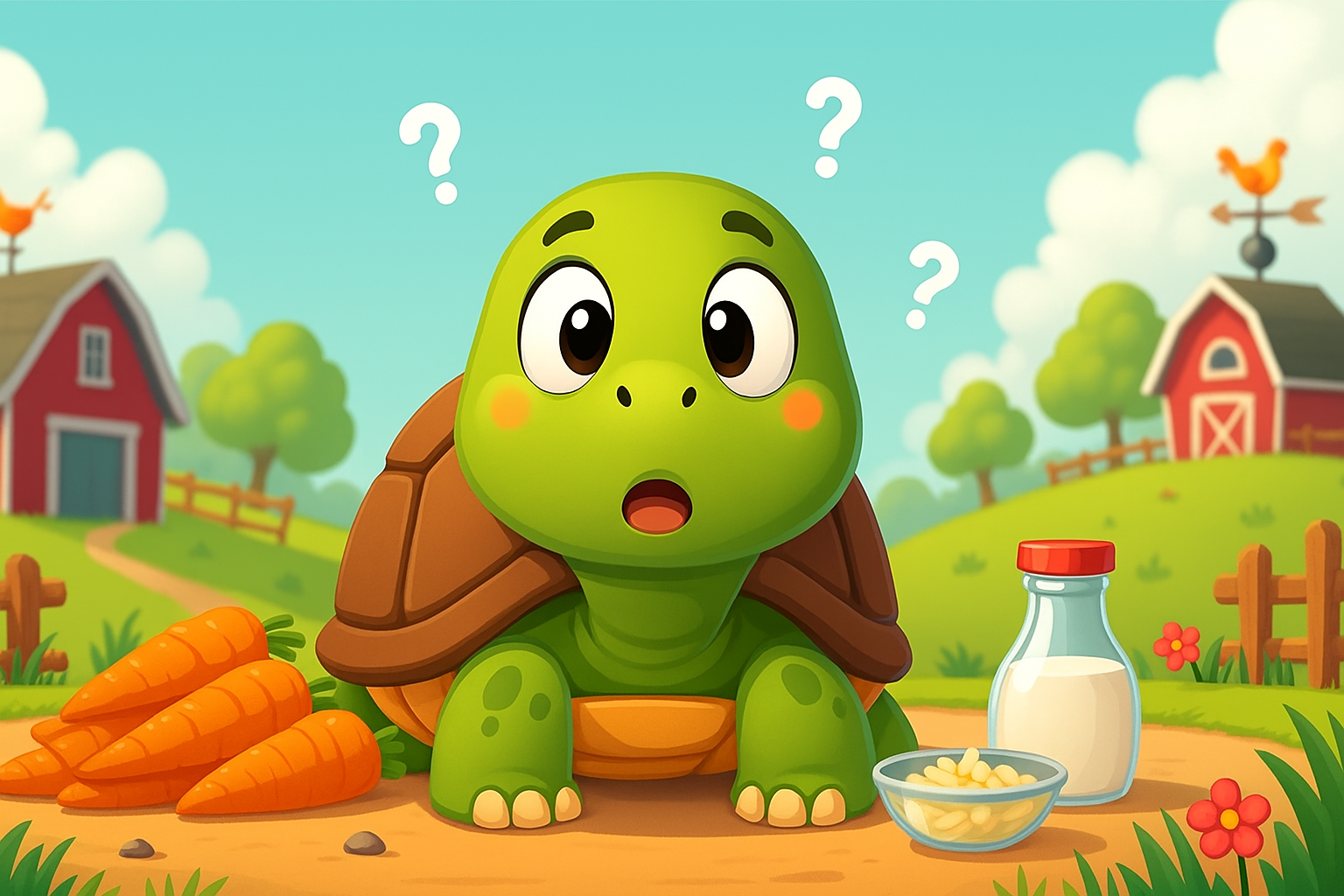
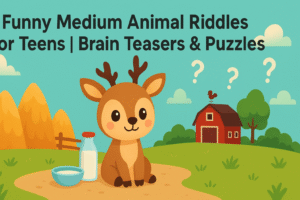
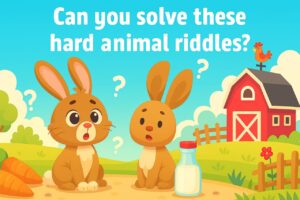
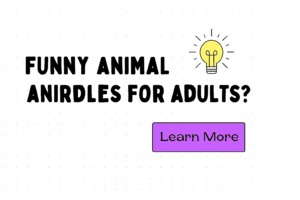
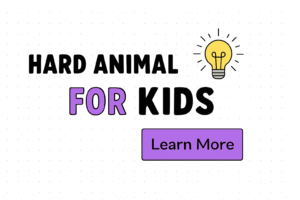
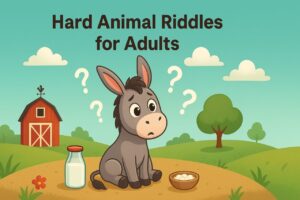
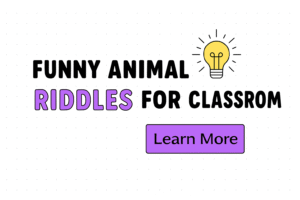
2 Comments